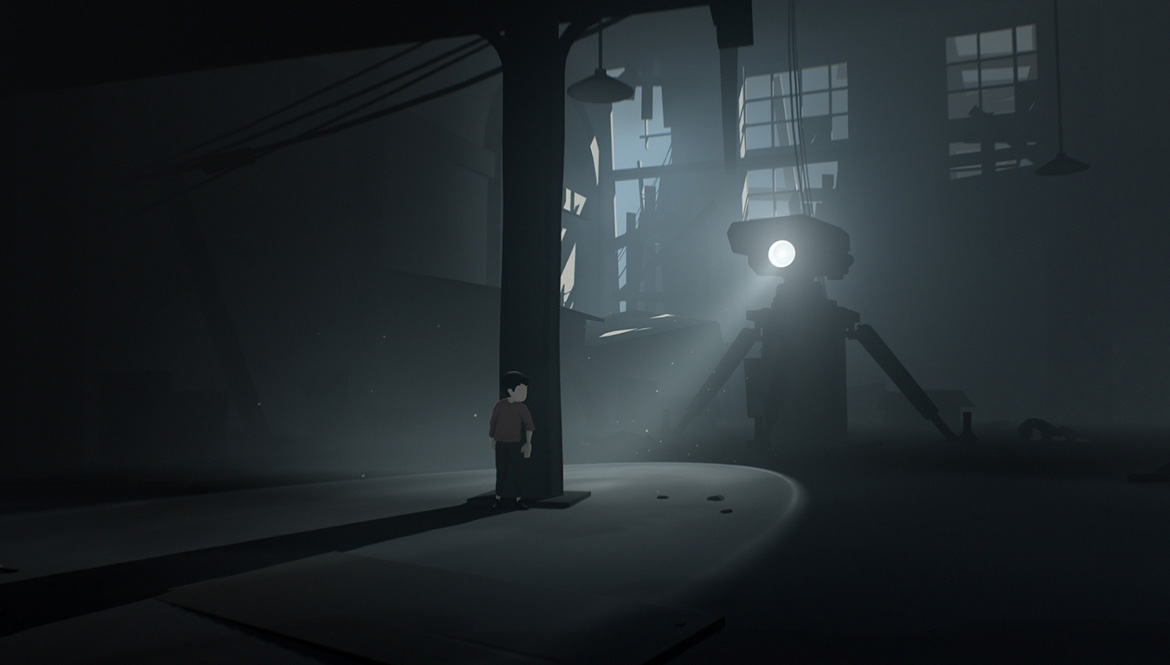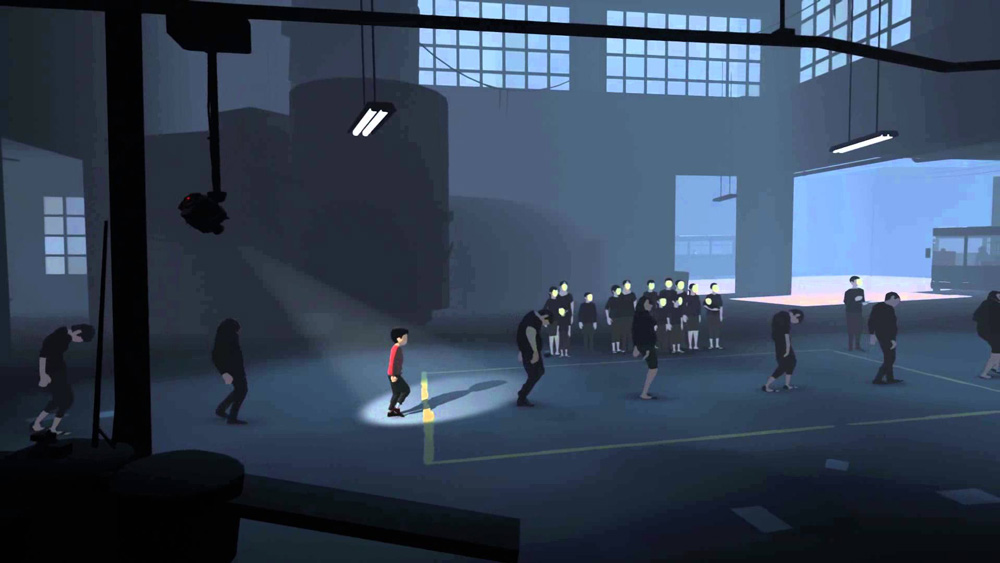TL;DR
Discover the magic of Limbo's successor, Inside, a masterfully crafted puzzle-adventure that captivates with its minimalist controls, brutal puzzles, and an enigmatic, dark narrative. From its Xbox One debut to its eventual multi-platform release, Inside offers a streamlined yet deeply engaging experience that's a joy to play and watch. With its stunning visuals, superb sound design, and thought-provoking themes, this acclaimed title is a testament to focused game development and artistic vision. Prepare for a compelling journey with multiple endings that will stay with you long after you've finished. Dive into this modern classic and see why it's hailed as one of the best of its generation – read the full review to learn more!
Limbo achieved such widespread acclaim that its success remains remarkable. This platform adventure, developed by a small team of approximately 15 in Denmark, offered compelling gameplay, engaging puzzle elements, and intuitive mechanics. It has since been emulated by many, but few have managed to capture its original magic. Limbo initially launched as an Xbox Live Arcade exclusive in July 2010, generating a substantial $7.5 million in revenue (approximately 50 million SEK) before its release on other platforms, including mobile, the following year. Total revenue is estimated to have exceeded 100 million SEK. If you haven’t experienced Limbo, a modern classic awaits.
In 2013, when Microsoft unveiled the details of the Xbox One, Playdead’s next project was showcased as an exclusive title. Inside, as the studio’s second game was named, bore a visual resemblance to Limbo, but specific details regarding its narrative remained scarce. As with many titles touted as “next-gen” system-sellers, the game’s release was delayed for nearly three years. Inside finally debuted on Xbox One in July 2016, coinciding with the sixth anniversary of Limbo‘s release. However, the exclusivity period was brief. On August 23rd, the game was also released on the PlayStation 4. Given this trajectory, it is probable that Inside will eventually be available on all platforms capable of meeting its system requirements.
To avoid spoiling the experience, it’s best to approach Inside with minimal prior knowledge. Players familiar with Limbo will recognize certain thematic elements, while newcomers will find themselves immersed within moments. The narrative follows a young boy navigating a dark forest. His motivations for running, the identity of the men in black suits, and the ultimate objective are gradually revealed. The game unfolds into a compelling, atmospheric, and highly engaging story, featuring two distinct endings. The secret ending can be unlocked by discovering all of the game’s hidden Orbs, encouraging replayability. Clues to their locations can be found within the achievement list of your respective console.
Playdead Studios’ ingenuity lies in their meticulously crafted games that utilize simple game mechanics without sacrificing depth or player agency. The protagonist can move freely, and the control scheme is streamlined to just two buttons: jump and action (used for dragging, pushing, and manipulating objects). The core gameplay revolves around problem-solving. Players must devise strategies to overcome obstacles, such as evading aggressive canines or escaping detection by deadly spotlights. Inside presents a seamless narrative experience, with continuous progression and subtle checkpoints replacing traditional level divisions. The game’s impactful death sequences, although unsettling, are mitigated by quick and convenient respawn points. Maintaining Playdead’s signature visual style, Inside expands upon the light-and-darkness themes of Limbo, incorporating richer detail and drawing players further into its dystopian setting. The character animations are exceptionally well-executed. Furthermore, the game features advanced physics simulations, representing some of the most impressive seen on consoles. The sound design is meticulously implemented; minimalist atmospheric melodies are used sparingly, emphasizing precisely sampled and balanced sound effects. This cohesive combination of graphics, lighting, animation, and sound creates an immersive and evocative atmosphere. It is a testament to the support of organizations like the Danish Film Institute and the EU’s Media program, which recognize the artistic value of these kinds of games.
The Xbox One and PS4 versions are largely comparable. However, the PS4 version exhibited marginally improved sharpness and fluidity. Both platforms deliver exceptional performance, making either a viable choice for players with access to both consoles. The game is also available on PC via Steam, supporting 4K resolution.
It is almost self-evident to state our appreciation for Inside. It represents gaming in its purest form: streamlined, direct, and compelling. It does not demand complex control mastery, but instead emphasizes precision, timing, and critical thinking. The game is just as enjoyable to observe and brainstorm solutions for as it is to play. While a skilled player can complete it in approximately 4-5 hours, the experience remains consistently engaging throughout. This stands in contrast to many modern games that, despite offering 15-20 hours of gameplay, suffer from pacing issues and lack of focus. With a modest price point (around 200 SEK at the time of writing), Inside offers exceptional value as one of the best games of 2016. This serves as an example for AAA developers: high production value and engaging gameplay do not necessarily require exorbitant budgets. Hopefully a larger team can create more such gems on a more frequent basis. We eagerly anticipate Playdead Studios’ next project, hoping that its release will not be another six years away.




